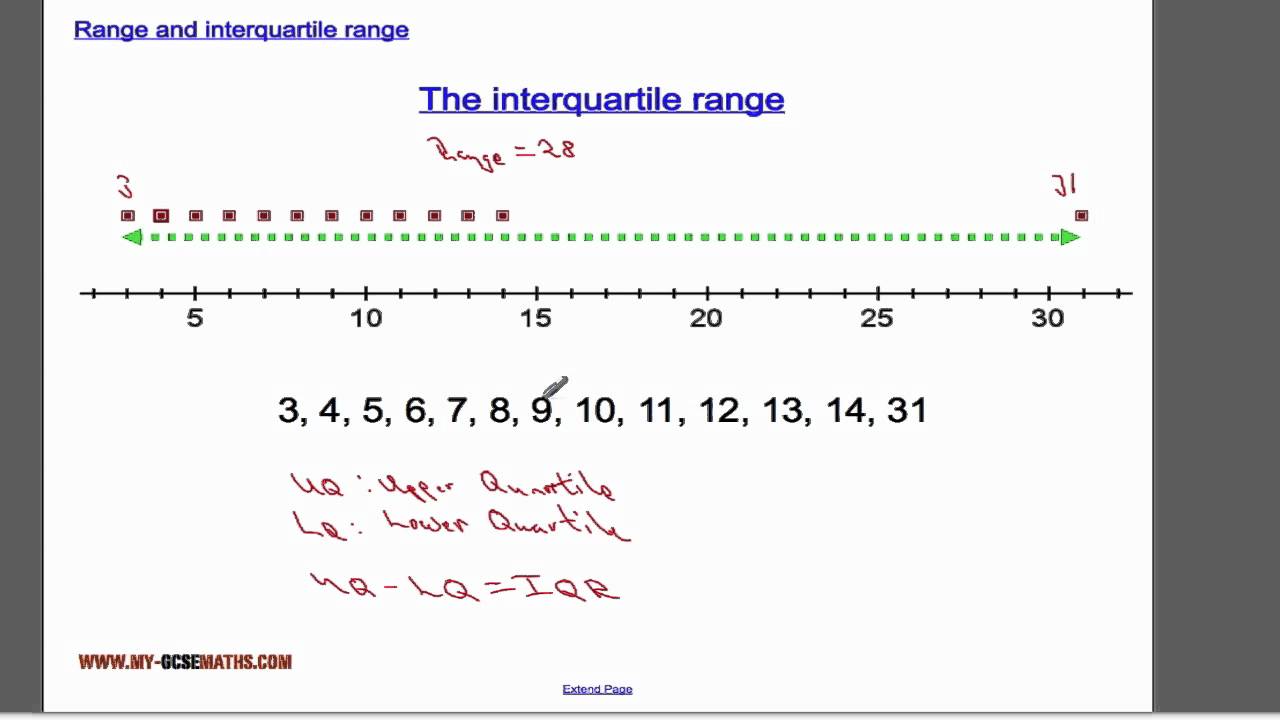
How to Use a Protractor: A Simple Guide for Accurate Measurements in 2025
Understanding **how to use a protractor** is crucial for anyone involved in geometry, whether in education, DIY projects, or professional fields. This article provides detailed instructions and insights into the effective usage of this essential mathematical tool, ensuring accurate angle measurements. Let’s explore how to master this tool for various applications!
The Basics of Protractor Usage
Before diving into the specifics of **protractor usage**, it’s important to understand what a protractor is and its key features. A protractor is a semi-circular or circular tool that measures angles in degrees. They typically range from 0° to 180° for semi-circular protractors or 0° to 360° for full-circle designs. Understanding these base features allows students and professionals alike to perform precise **angle measurements** in multiple settings.
Types of Protractors
Protractors come in various designs, each suited for specific tasks. The traditional transparent protractor is perfect for students learning the foundational concepts of angles, while digital protractors offer advanced features. For example, a builder might utilize a **digital protractor** for precise **woodworking angle measurement**, enabling accuracy in construction tasks. Understanding the types of protractors available, such as the basic protractor, angle finder, and goniometer, ensures you select the right one for your needs.
Understanding Protractor Readings
Reading a protractor accurately is vital for effective angle measurement. Generally, a protractor has two sets of numbers representing degrees: one for measuring clockwise and another for counterclockwise. When measuring angles, align the base of the protractor with one side of the angle, and observe where the second side intersects the numbered curve. This practice enables students to grasp vital concepts and reinforces their **basic geometry skills**.
Steps for Accurate Angle Measurement
To achieve **accurate angle measurement**, follow these detailed steps while using your protractor. Practice is essential for mastering **angle calculation methods**, so let’s elaborate on the process.
How to Position the Protractor
First, position the protractor's center hole (the small notch) over the angle's vertex. Make sure that one side of the angle is aligned with the baseline of the protractor. This crucial step ensures that your readings are precise. If either side of the angle isn’t correctly aligned, the measurement will be incorrect. As this skill develops, you will find **using a protractor for geometry** becomes second nature.
Reading the Angle on the Protractor
Next, observe where the second side of the angle intersects with the protractor's scale. Use the inner or outer scale based on the orientation of the angle. For instance, if the angle opens toward the left, use the outer scale; if it opens toward the right, use the inner scale. Familiarizing yourself with this aspect of **reading a protractor** is crucial for accurate results.
Practical Applications of Protractors
Understanding the real-world applications of protractors enhances your appreciation for this tool. **Protractor applications** range from classrooms to engineering. Whether you're a student practicing measurements or an architect needing precise angles for designs, knowing how to apply this area of **mathematical tools** effectively is beneficial.
Using a Protractor in DIY Projects
Involve yourself in DIY projects to apply your protractor skills practically. For example, when creating a piece of furniture, precise angles are crucial for stability and aesthetics. Measure angles for joints and cuts. By using a protractor in your DIY woodworking projects, you can ensure that everything fits together perfectly, highlighting the effective use of **proctor techniques** in real-life applications.
Protractors in Educational Settings
In a classroom setting, geometry teachers often incorporate **protractor training** to help students understand basic geometric concepts. Engaging activities, such as angle measurement games or exercises utilizing protractors, foster a deeper understanding of angle relationships. By practicing math quizzes on **protractors**, students can gain hands-on experience and improve their overall skills.
Tips for Mastering Protractor Skills
Once you understand the basics of protractor usage, consider these tips to enhance and refine your skills further.
Consistent Practice
The best way to become proficient with a protractor is through consistent practice. Set aside time to measure various angles repeatedly, ensuring you are comfortable with the tool. As you practice, incorporate different angle types, such as acute, obtuse, and reflex angles, to build versatile skills.
Learning Resources for Geometry
Leverage educational resources specifically designed for mastering the protractor. Many online tutorials and interactive geometry tools can provide enhanced understanding. Explore digital platforms that offer demonstrations on measuring angles in architecture or other practical applications to make your learning journey engaging and effective.
Key Takeaways
- Understand protractor types and features for effective usage.
- Follow precise steps for accurate angle measurements.
- Engage in practical applications, particularly in DIY and educational settings.
- Practice regularly to master *how to measure angles accurately.
- Use available learning resources to enhance your geometry skills.
FAQ
1. What is the best method to improve my protractor skills?
The best way to enhance your **protractor skills** is through regular practice. Spend time measuring different angles in various contexts, such as DIY projects or classroom exercises. Utilizing online tutorials can also aid in reinforcing your geometry fundamentals and provide opportunities for practical application.
2. How accurate is a protractor when measuring angles?
A protractor can provide very accurate measurements, generally within a degree of accuracy. However, the precision of the angle measurement also depends on the user's ability to align the protractor correctly and read the scale accurately. For more precise measurements, consider using a digital protractor.
3. Can I use a protractor for angles other than 90°?
Absolutely! A protractor is designed to measure any angle, whether it is acute (less than 90°), right (exactly 90°), obtuse (between 90° and 180°), or reflex (greater than 180°). Learning to measure all types of angles expands your skill set in geometry.
4. Are there different types of protractors for different applications?
Yes, there are various types of protractors designed for specific applications. Standard protractors are suitable for classroom use, while digital protractors are beneficial for technical tasks, such as woodworking or architecture. Understanding the features and benefits of each can help you choose the right tool for your needs.
5. What are some common mistakes to avoid when using a protractor?
Common mistakes include not aligning the center hole with the angle's vertex and misreading the scale. It's essential to double-check your alignment and scale choice (inner vs. outer) before taking measurements to ensure accuracy.
By mastering **how to use a protractor**, you’ll improve your understanding of angles, which is a fundamental component of geometry. So whether you’re a student, a DIY enthusiast, or a professional, using a protractor accurately is a valuable skill that will benefit you in many ways.

